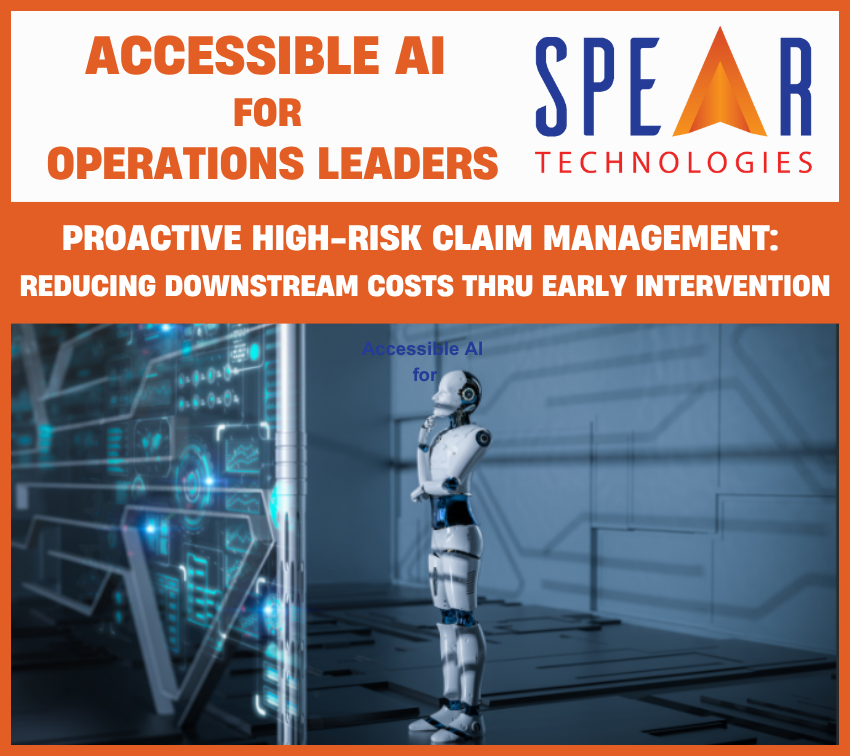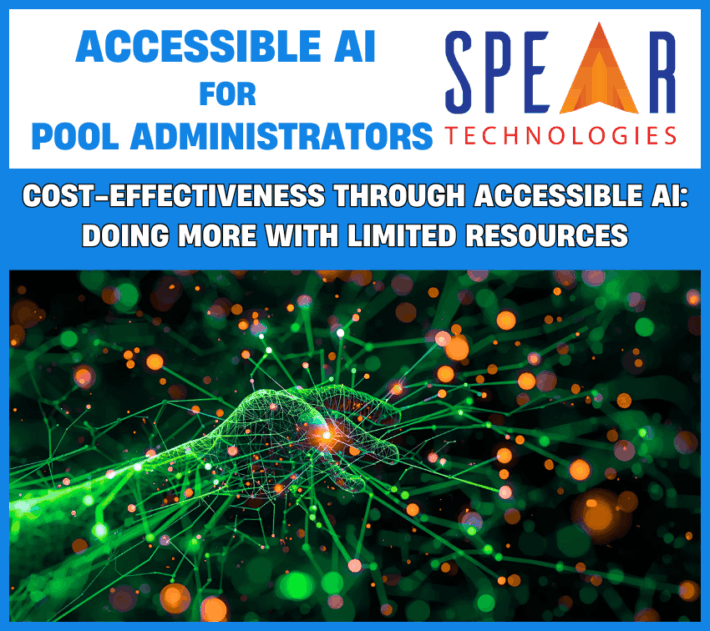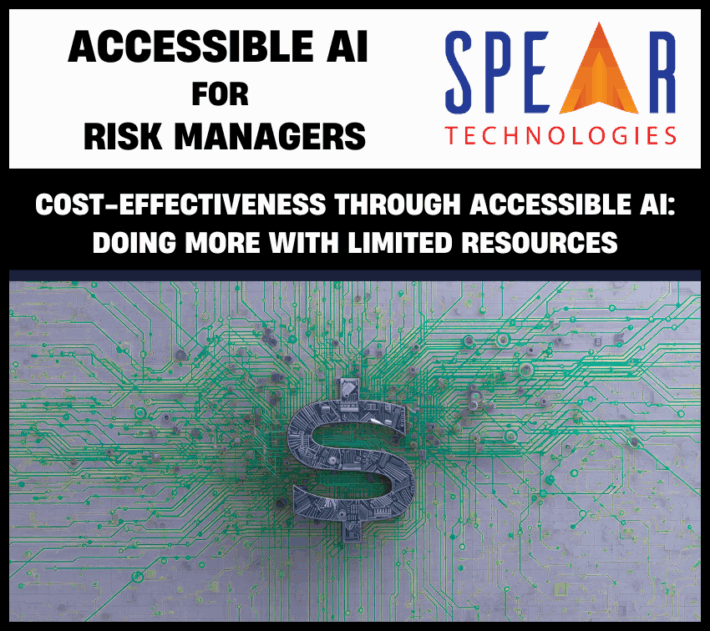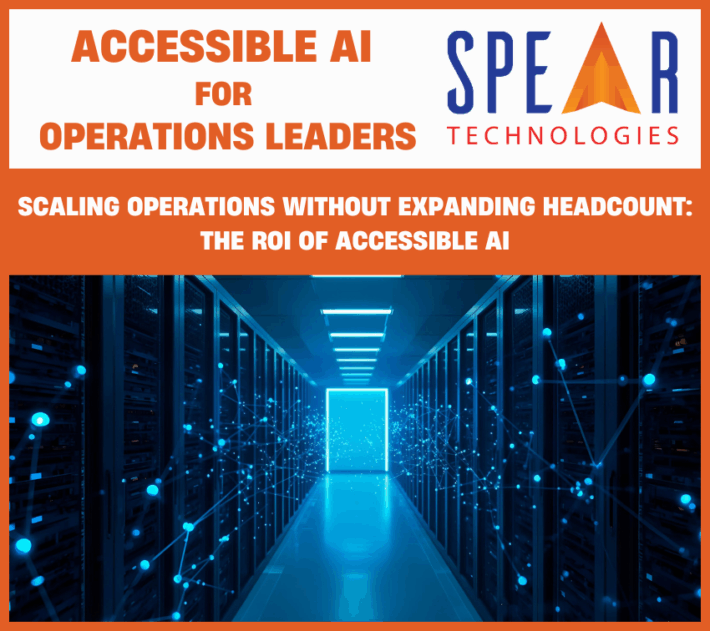Accessible AI for Operations Leaders: Proactive High-Risk Claim Management – Reducing Downstream Costs Through Early Intervention

For Operations Leaders in insurance, few challenges are more disruptive than high-risk claims. These claims often escalate into litigation, excessive medical costs, or lengthy disputes—driving up expenses and straining resources. Claims leaders often recognize problems too late to prevent significant downstream costs.
And make no mistake—the stakes are high.
Consider the costs of high-risk claims by Line of Business:
- Property: A single catastrophic event recently cost insurers over $100 billion—and these incidents have increased by 40% in recent years.
- Healthcare: Escalation drove more than $18 billion in claims costs in 2023 alone.
- Worker’s Compensation: The average large claim now exceeds $3 million.
- Commercial Auto: Claim costs are up $30 billion over the past decade, fueled by higher bodily injury payouts, escalating litigation, and pricier vehicle repairs tied to advanced technology.
With stakes this high, operations leaders can no longer afford to wait until problems surface. This is where Accessible AI changes the game – empowering teams to identify high-risk claims earlier, intervene faster, and prevent escalation before costs spiral out of control.
Traditional systems are reactive by design, subsequently waiting for red flags to appear rather than proactively surfacing risks. Accessible AI changes this dynamic by empowering operations teams to act proactively. Instead of reacting to problems once they’ve already taken shape, operations leaders can route high-risk claims to the right teams sooner, thereby avoiding bottlenecks, containing costs, and improving outcomes.
From Reactive to Proactive Operations
High-risk claims don’t just affect claims performance—they create ripple effects across operations. Staff spend more time on escalated cases, which grows backlogs; strained processes raise compliance risk, and litigation or prolonged treatment multiplies costs.
Accessible AI helps operations leaders reverse this cycle by:
- Identifying high-risk claims early through analysis of notes, claimant history, and external data.
- Routing cases intelligently to specialized teams, TPAs, or legal partners before costs escalate.
- Optimizing resource allocation so staff spend time where their expertise has the greatest impact.
This proactive approach reduces surprise costs, keeps workflows balanced, and strengthens alignment between operations strategy and claims execution.
Case Insights: Fewer Bottlenecks, Lower Litigation
In one example, an insurance administrator failed to flag high-risk claims early in the process, which led to mounting litigation rates. Operations leaders implemented Accessible AI models to scan claim notes and claimant histories for early warning signals.
The results were clear:
- Litigation rates fell by double digits as cases were redirected before disputes escalated.
- Resolution times improved, with fewer bottlenecks in claims workflows.
- Operational costs declined, as resources were no longer consumed by avoidable late-stage interventions.
For operations leaders, the lesson is simple: early intervention isn’t just a claims strategy—it’s an operational advantage.
Empowering Business Users with AI They Can Shape
If you read the first article in this series, you’ll recognize this section – it bears repeating. Every Accessible AI use case builds on this foundation: putting AI into the hands of business users who know the work best.
One of the most transformative aspects of accessible AI in insurance is the shift from developer-led to business-led model interaction. In traditional setups, any customization or retraining of AI models requires intervention from IT teams, data scientists, or external vendors. This dependency creates bottlenecks, slows innovation, and disconnects model development from those who understand the business problems best—your underwriters, claims adjusters, fraud investigators, and customer experience teams.
Why Business-User Accessibility Is a Game-Changer
When AI tools are designed for business users, the result is more responsive, agile, and relevant model development. Empowering business users to adapt and train AI models on their own yields multiple advantages:
- Faster Time-to-Value: No waiting on IT backlogs or vendor response times
- Higher Accuracy: Models reflect real-world operational needs and are continually refined by domain experts
- Greater Adoption: Tools that align with existing workflows and skill sets see higher engagement
- Scalable Innovation: Business teams become active participants in digital transformation, not passive consumers
Why It Matters for Operations Leadership
For COOs and Operations Leaders, managing high-risk claims proactively isn’t just about improving claims outcomes—it’s about reducing downstream costs, eliminating bottlenecks, and protecting overall operational efficiency.
Accessible AI makes this shift possible. By embedding proactive decision-making into daily workflows, operations leaders can minimize costly escalations, ensure smoother processes, and build resilience into their organizations.
Next in the Series: Accelerating Claims Review—including how operations teams are leveraging AI to shorten resolution cycles, increase staff productivity, and reduce backlogs.
Ready to see how SpearClaims™ with Accessible AI equips operations leaders to reduce costs and manage high-risk claims proactively?
Schedule a Demo to see how SpearClaims™ with accessible AI empowers operations leaders to streamline workflows, ensure consistency, and scale service delivery without adding administrative burden.
Request Pricing to learn how cost-effective it can be to reduce compliance risk, eliminate inefficiencies, and deliver stronger outcomes across your operations.



